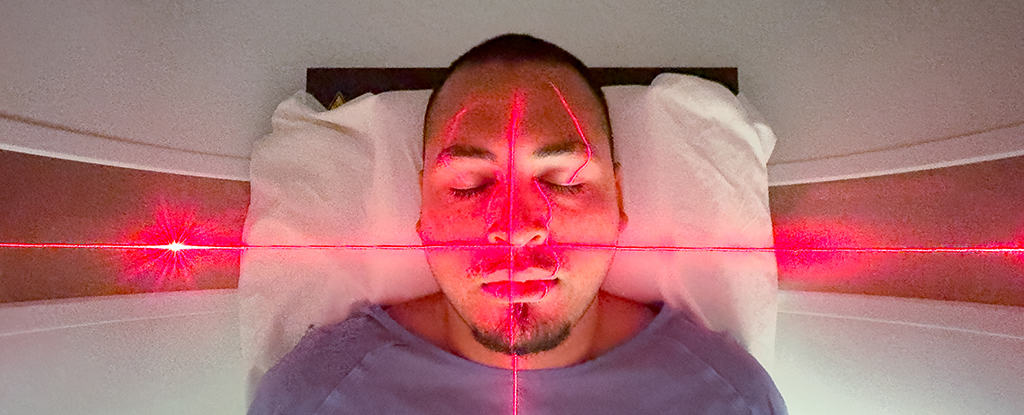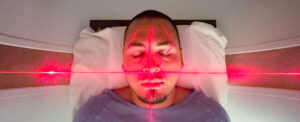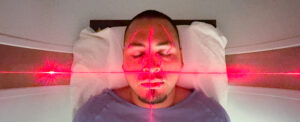
Research indicates that low-dose radiation therapy (LDRT) may provide significant relief for individuals suffering from knee osteoarthritis, the most prevalent form of arthritis. A clinical trial conducted in South Korea involved 114 participants and compared the effects of two different doses of LDRT with a sham treatment that involved no actual radiation. The study aimed to assess the potential of LDRT in alleviating pain and improving physical function for patients.
The trial revealed that participants receiving the higher dose of LDRT, administered over six sessions, reported markedly improved outcomes in pain levels, physical function, and overall well-being compared to those in the other groups. While some evidence of a placebo effect was noted, the findings suggest that LDRT could serve as a viable option for managing symptoms of osteoarthritis.
Potential Benefits of LDRT for Osteoarthritis Patients
Osteoarthritis occurs when the cartilage that cushions joints deteriorates, leading to pain and reduced mobility. Although LDRT will not regenerate cartilage in cases of severe osteoarthritis, where the tissue is already lost, it presents a promising method of symptom management. Byoung Hyuck Kim, a radiation oncologist at the Seoul National University College of Medicine, emphasized the clinical need for moderate interventions between pain medication and surgical options. “People with painful knee osteoarthritis often face a difficult choice between the risks of side effects from pain medications and the risks of joint replacement surgery,” Kim stated.
As researchers continue to explore the efficacy of LDRT, they plan to investigate potential changes in joint structure resulting from the treatment. Current management strategies for osteoarthritis include weight loss to alleviate joint pressure and conventional pain relief medications. While LDRT is already utilized in various countries, its application in the United States remains limited.
Understanding Radiation Therapy and Its Safety
Concerns surrounding the effectiveness and safety of LDRT for osteoarthritis have persisted, partly due to the potential harms associated with radiation exposure. The doses utilized in this study were less than 5 percent of those typically administered for cancer treatments, and researchers reported no radiation-related side effects among participants.
“There is a misconception that medicinal, or therapeutic, radiation is always delivered in high doses,” Kim explained. He noted that for osteoarthritis, the treatment employs minimal doses, targeting joints that are distanced from vital organs, thereby reducing the likelihood of adverse effects.
Globally, osteoarthritis is estimated to impact approximately 595 million people, significantly affecting their physical capabilities and quality of life. The condition most commonly manifests after the age of 40, with the risk increasing with age. “For severe osteoarthritis, where the joint is physically destroyed and cartilage is already gone, radiation will not regenerate tissue,” Kim added. “But for people with mild to moderate disease, this approach could delay the need for joint replacement.”
The findings from this research were presented at the American Society for Radiation Oncology (ASTRO) Annual Meeting in 2023, marking a significant step forward in exploring alternative treatments for osteoarthritis. As the medical community continues to investigate LDRT, patients may soon have access to new options that enhance their quality of life while minimizing the risks associated with current pain management strategies.






